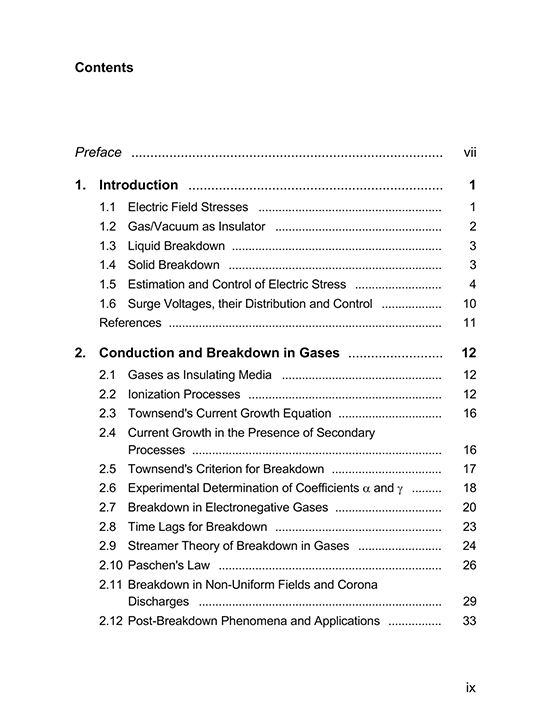Generation of high d.c. voltages
Generation of high d.c. voltages is mainly required in research work in the areas of pure and applied physics. Sometimes, high direct voltages are needed in insulation tests on cables and capacitors. Impulse generator charging units also require high d.c. voltages of about 100 to 200 kV.

Normally, for the generation of d.c. voltages of up to 100 kV, electronic valve rectifiers are used and the output currents are about 100 mA. The rectifier valve require special construction for cathode and filaments since a high electrostatic field of several kV/cm exists between the anode and the cathode in the non-conduction period.
The a.c. supply to the rectifier tubes may be of power frequency or may be of audio frequency from an oscillator. The latter is used when a ripple of very small magnitude is required without the use of costly filters to smoothen the ripple.
Half and Full Wave Rectifier Circuits
Rectifier circuits for producing high d.c. voltages from a.c. sources may be:
- Half wave,
- Full wave, or
- Voltage doubler type rectifiers.
The rectifier may be an electron tube or a solid state device. Now-a-days single electron tubes are available for peak inverse voltages up to 250 kV, and semiconductor or solid state diodes up to 20 kV.
Commonly used half wave and full wave rectifiers are shown in Figure 1.
In the half wave rectifier (Figure 1a) the capacitor is charged to Vmax, the maximum a.c. voltage of the secondary of the high voltage transformer in the conducting half cycle.

In the other half cycle, the capacitor is discharged into the load. The value of the capacitor C is chosen such that the time constant CRL is at least 10 times that of the period of the a.c. supply. The rectifier valve must have a peak inverse rating of at least 2 Vmax.
To limit the charging current, an additional resistance R is provided in series with the secondary of the transformer (not shown in the figure).
A full wave rectifier circuit is shown in Figure 1b above.
For applications at high voltages of 50 kV and above, the rectifier valves used are of special construction.
Apart from the filament, the cathode and the anode, they contain a protective shield or grid around the filament and the cathode. The anode will be usually a circular plate. Since the electrostatic field gradients are quite large, the heater and the cathode experience large electrostatic forces during the non-conduction periods.
To protect the various elements from these forces, the anode is firmly fixed to the valve cover on one side.
| Title: | High voltage fundamentals for undergraduate and postgraduate students of electrical engineering – M.S. Naidu & V. Kamaraju |
| Format: | |
| Size: | 27.70 MB |
| Pages: | 386 |
| Download: | Right here | Video Courses | Membership | Download Updates |


